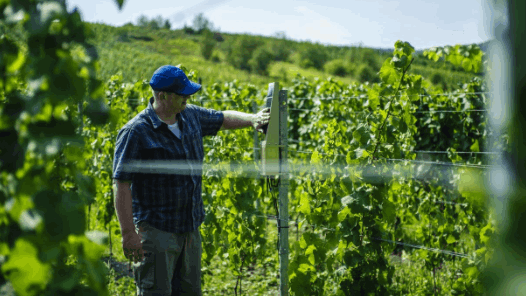
This post may contain affiliate links. Please read my disclaimer for more info.
As I mentioned in my previous article/post, I get asked a lot lately about 5G networks. In the first article, we covered the history of mobile wireless networks which stretches from the early 80’s to today and the different networks that have been deployed over that time frame starting with 1G networks to the currently being deployed 5G Networks and compared their overall capabilities. One thing I didn’t mention is what 1G-5G stand for and that is First Generation, Second Generation, …., Fifth Generation. In this article I am going to dive more into the 5G Networks and try to answer some of the most common questions people generally have. So without further delay, let’s get started shall we?
1. What is 5G and how does it work?
2. How is it different from the currently implemented technology 4G LTE?
This is by far the most common question that I generally get asked. 5G which stands for 5th generation mobile networks is the latest development in mobile wireless networks to date. It essentially expands on the capabilities of the previously deployed mobile networks. It allows for the enhanced use of higher frequencies, larger channels and a more cost-efficient use of spectrum to provide advanced capabilities and services to end users whether they be businesses or individuals.
The new 5G networks will be incrementally deployed over the next 5-10 years as has happened with previous generations of mobile networks. The Radio part known as New Radio (NR) is currently being deployed globally.
The 5G NR air interface will further enhance OFDM technology used in 4G networks to deliver a higher degree of flexibility and scalability. 5G will expand into a spectrum of services including mission-critical communications or critical Internet of Things (IoT). It will not only deliver faster and better mobile broadband services but will also provide the low latency high reliability required by these services. The air interface introduces many new wireless inventions which include:
1. Scalable OFDM numerology unlike 4G which had a fixed numerology
2. Advanced massive MIMO Antenna
3. Advanced spectrum sharing techniques
4. Flexibly dynamic self-contained TDD subframes coming in later implementations
With previous networks, we had a one size fits all scenario where all users were essentially provided the same set and class of services. The new 5G networks, however, are intended to provide a myriad of services depending on the end users’ needs meaning that not every end user will get the same set of services. Services provided will depend on a combination of equipment used and end user needs.
The types of services are separated into 3 major categories:
- Enhanced Mobile Broadband (E-MBB) – High Speed Broad Band and Media anywhere

- Massive Machine Type Communication (Massive IoT) – Sensory Networks like Smart Cities & Building, Logistics & Transportation Tracking, Connected Farms and Agriculture

- Critical Machine Type Communication (Critical IoT) – Critical services and infrastructural control, Remote Health and Surgery as well as Critical control of Remote Devices & Machinery for manufacturing.

